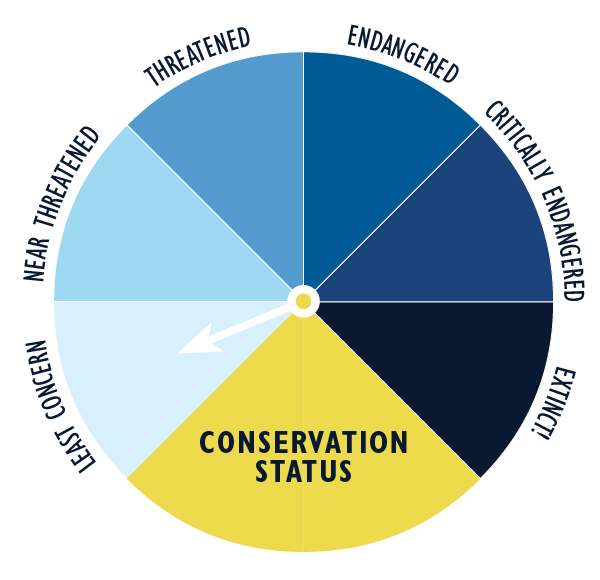
About Meerkat
Meerkats are highly social and live in packs of up to 30 individuals. Meerkats exhibit sentinel behavior where one member of the group poses as a lookout, watching for predators and other danger. The sentinel sounds an alarm by giving a distinct bark. If a parent sounds an alarm, its offspring run to and huddle around their mother.
Habitat
Meerkats inhabit portions of South Africa, Botswana, Zimbabwe, and Mozambique. They inhabit the most open and arid countries of any mongoose species. They are found in areas of the savanna in open plains.
Diet
Meerkats are mainly insectivorous, eating insects, arachnids, centipedes, and millipedes. They will also eat some small vertebrates, eggs, and plant matters. They are foragers, digging in soil and grass and overturning rocks to find food.
Family Life
The average gestation period is 11 weeks and the average litter produces three offspring. Baby meerkats open their ears when they are ten days old. Mothers carry young by the nape of the neck and the father meerkat takes an active role by guarding the young. Because of the highly social nature of meerkats, nonbreeding individuals often act as helpers, guarding and provisioning the young.
Conservation Status
The conservation status of the Meerkat is classified as least concern.
Threats
- Meerkats are only active when the sun is present and warms the surface of their burrows.
- When the weather is overcast or raining, meerkats do not emerge from their underground retreat.
- If temperatures are too high, meerkats will return to the burrow to cool off.
Facts about Meerkat
Class:
Mammalia (mammals)Order:
Carnivora (carnivores)Family:
Herpestidae (moongooses)Genus:
Suricata (meerkat)Species:
Suricata suricatta (meerkat)Life Span:
5 – 15 years (wild) / 12 years (zoo)Size:
9.8 – 13.7 inches (250 – 350 mm)Weight:
Male: 1.6 pounds (731 g) / female: 1.6 pounds (720 g)Tail Length:
6 – 10 inches (175 – 250 mm)
Fun Facts
- Natural threats of the meerkat include carnivorous predators such as eagles, hawks, and jackals. Meerkats normally take several measures to protect themselves and their young from predators.
- Meerkats often flee from enemies by burrowing large holes beneath the ground to take cover.